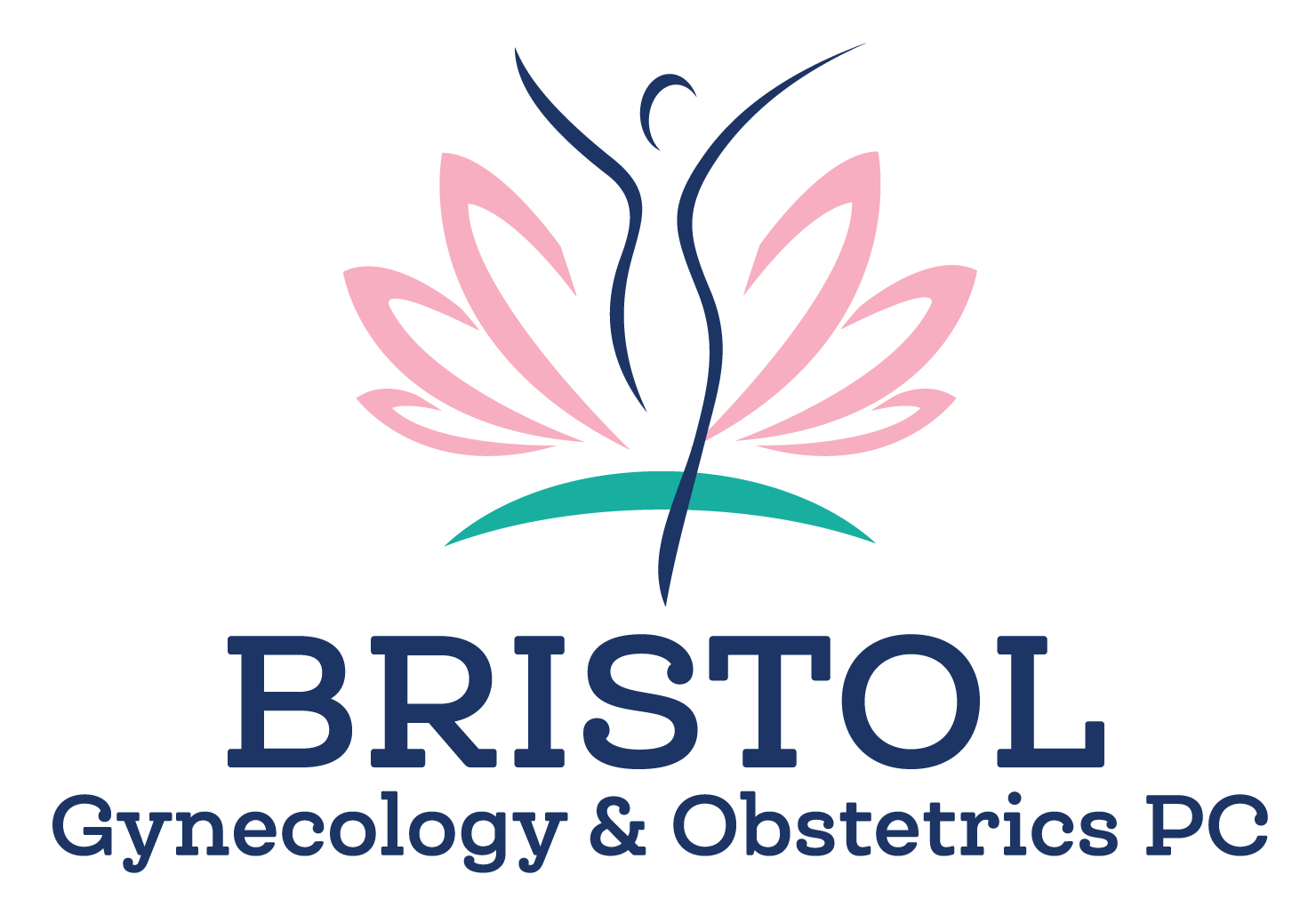Minimally Invasive Surgery
Minimal invasive surgery, also known as minimally invasive surgery (MIS) or keyhole surgery, is a groundbreaking and transformative approach in the field of gynecology and obstetrics. This revolutionary technique has changed the way surgical procedures are performed, offering a host of advantages for both patients and healthcare providers. By using small incisions instead of large ones, minimally invasive surgery minimizes damage to surrounding tissues, resulting in less trauma and discomfort for patients. This innovative approach, aided by advanced instruments and cutting-edge technology, allows skilled gynecologists to precisely visualize and access the surgical site, enhancing accuracy and safety.
Patients undergoing minimally invasive surgery benefit from numerous advantages. One of the greatest perks is the quicker recovery time. Compared to traditional open surgery, minimally invasive surgery allows patients to heal at a faster rate, enabling them to return to their normal daily activities sooner. Additionally, shorter hospital stays are another favorable outcome of minimally invasive surgery. Patients are often able to go home the same day or within a few days of the procedure, reducing the overall healthcare costs and freeing up hospital resources for other patients. Another advantage is the reduced scarring. With smaller incisions, patients experience less visible scarring and a more aesthetically pleasing outcome.
Perhaps one of the most significant benefits of minimally invasive surgery is the minimal postoperative pain experienced by patients. The small incisions result in less trauma to the tissue, which translates to reduced pain and discomfort in the postoperative period. This is particularly relevant for gynecology and obstetric procedures, as the pelvic area is highly sensitive and pain management is crucial for a successful recovery.
The continuous advancements in medical science have contributed to the widespread adoption of minimally invasive surgery in the gynecological and obstetric field. With more and more gynecologists being trained in these techniques, women across various gynecological and obstetric conditions can now benefit from this innovative approach. Conditions such as endometriosis, fibroids, ovarian cysts, and even certain types of gynecological cancers can be treated with minimally invasive surgery.
In conclusion, minimally invasive surgery has revolutionized the field of gynecology and obstetrics. Through small incisions and advanced technology, patients experience faster recovery times, shorter hospital stays, reduced scarring, and minimal postoperative pain. With its proven benefits and continuous advancements, minimally invasive surgery offers hope and improved outcomes for women facing a variety of gynecological and obstetric conditions.

